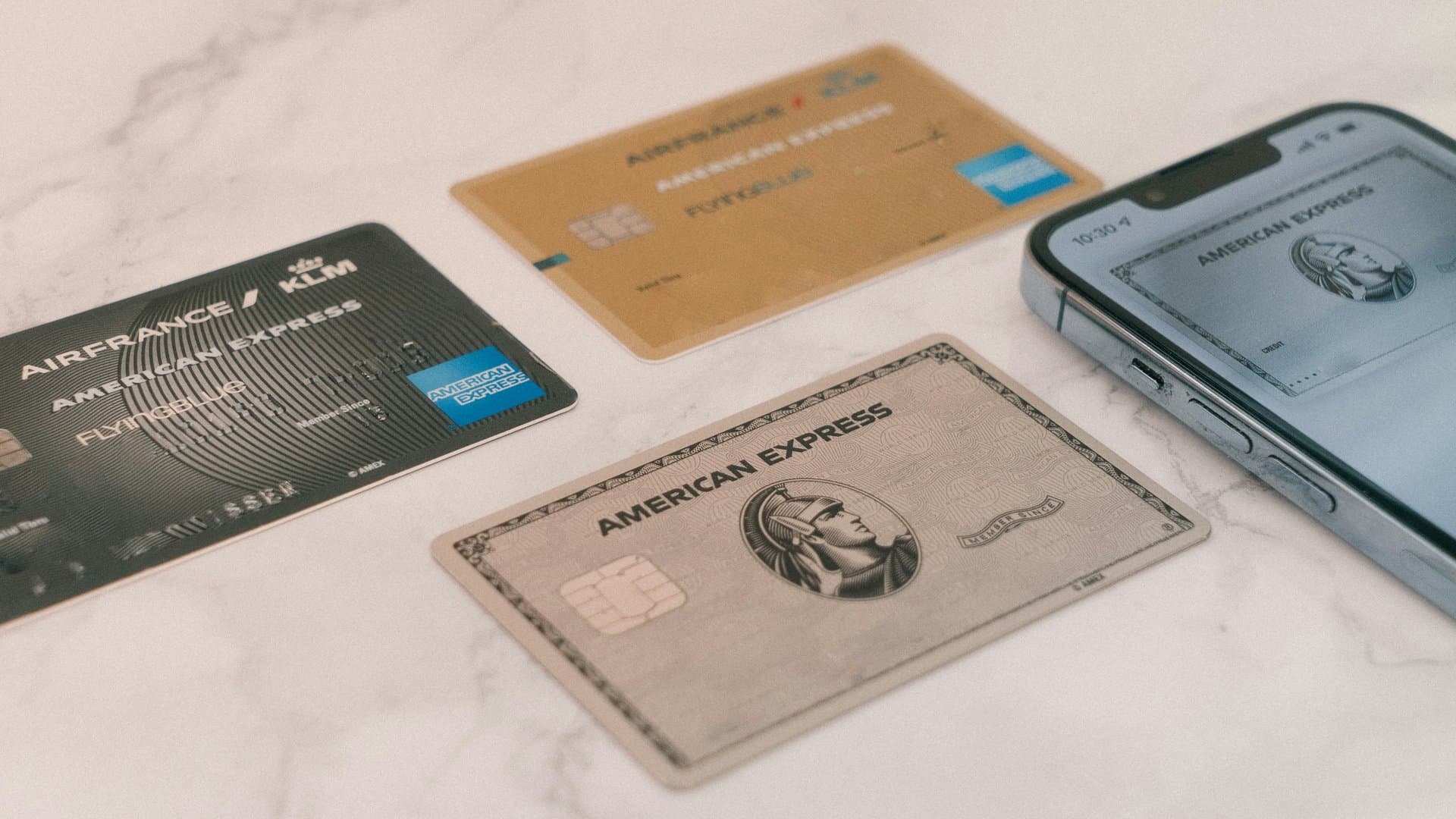Premium Credit Card Updates: Amex vs. JPMorgan Sapphire Showdown
Explore the 2025 premium credit card updates from American Express and JPMorgan Chase, revealing how travel, dining, and lifestyle perks evolve alongside rising annual fees in this fierce rivalry.

Key Takeaways
- Amex plans its largest-ever Platinum card refresh in 2025.
- JPMorgan Chase is updating Sapphire Reserve with possible fee hikes.
- Both cards focus on travel, dining, and lifestyle perks.
- Annual fees remain high: $695 for Amex, $550 (rumored $795) for Sapphire.
- Younger consumers drive premium card spending growth.

The premium credit card battlefield is heating up again in 2025 as American Express and JPMorgan Chase prepare major updates to their flagship cards. American Express, the pioneer of luxury credit cards, is making its largest-ever investment to refresh the Platinum and Business Platinum cards. Meanwhile, JPMorgan Chase is readying a refresh of its popular Sapphire Reserve card, which shook the market back in 2016. Both issuers are doubling down on travel, dining, and lifestyle perks to captivate affluent and younger cardholders, even as annual fees climb. This article unpacks the upcoming changes, the rivalry’s history, and what cardholders should watch for in this evolving premium credit card landscape.
Tracing Premium Card Rivalry
The story of premium credit cards is a tale of innovation and competition, with American Express leading the charge for decades. Amex’s Platinum card set the gold standard by bundling airline and hotel perks with access to its exclusive Centurion lounges, crafting a lifestyle card that resonated with affluent travelers. But in 2016, JPMorgan Chase disrupted this calm with the Sapphire Reserve card, igniting a fierce rivalry. Its lavish sign-on bonus and strong travel and dining rewards rewrote the playbook, forcing Amex and others to rethink their offerings. This rivalry isn’t just about points; it’s about who can craft the most compelling lifestyle experience for cardholders. The stakes? Loyalty from Millennials and Gen Z, who now make up 75% of new premium card accounts and have boosted spending on these cards by 40% in the past year. This demographic shift is rewriting the rules, pushing issuers to innovate beyond traditional perks.
Amex’s Largest Platinum Refresh
American Express is gearing up for its biggest Platinum card overhaul yet, slated for fall 2025. Howard Grosfield, Amex’s U.S. Consumer Services President, promises a doubling down on beloved features while unveiling new benefits that will “far, far, far exceed the annual fee” of $695. The update aims to enhance travel perks like premium lounge access, though some international Priority Pass visits may become limited or paid. Dining rewards will get a boost through the Resy platform and new luxury brand partnerships, targeting younger, affluent users. The card’s concierge service will shift more toward digital offerings, focusing on high-spending customers, while in-person event invitations may decline. This refresh reflects Amex’s confidence in its “lifestyle card” positioning, betting that curated experiences and exclusive partnerships justify the steep annual fee.
JPMorgan’s Sapphire Reserve Update
JPMorgan Chase is quietly preparing a refresh of its Sapphire Reserve card, a travel and dining rewards powerhouse since 2016. While official details remain scarce, social media buzz hints at a possible annual fee hike from $550 to as high as $795. JPMorgan declined to comment on these rumors, but industry experts expect enhanced travel and dining perks to accompany any fee increase. This move would align Sapphire Reserve more closely with Amex’s Platinum card in both cost and benefits. The strategy reflects a broader trend: premium card issuers are recalibrating fees and perks to maintain profitability while appealing to high spenders who crave exclusive experiences. For Sapphire cardholders, the update promises richer rewards but also a higher price of admission.
Navigating Rising Annual Fees
The premium credit card space is no stranger to rising annual fees, and 2025 looks set to continue this trend. Amex’s Platinum card already commands a $695 fee, while Sapphire Reserve’s current $550 fee faces rumors of a jump to $795. These fees reflect the escalating cost of exclusivity—airport lounges, concierge services, and curated experiences don’t come cheap. Yet, the question remains: do these perks truly justify the price? Cardholders must weigh the tangible value of travel credits, dining rewards, and event access against the sticker shock. The industry is shifting some traditional benefits to paid tiers or limiting access, signaling that premium cards are evolving from all-you-can-eat buffet models to more selective, high-touch offerings. For consumers, this means scrutinizing whether the perks align with their lifestyle and spending habits before swiping.
Targeting Younger Affluent Users
Both Amex and JPMorgan are zeroing in on Millennials and Gen Z, who now represent a whopping 75% of new premium card accounts. This younger crowd has increased their spending on premium cards by 40% in the past year, signaling strong loyalty and creditworthiness. To capture this audience, card issuers are enhancing digital concierge services, expanding partnerships with luxury retail and lifestyle brands, and tailoring rewards toward travel and dining experiences that resonate with younger tastes. Amex’s refreshed Platinum card will feature more digital touchpoints and curated event experiences, while JPMorgan’s Sapphire Reserve is expected to follow suit with upgraded perks. This focus on younger affluent users reflects a savvy understanding that premium cards must evolve beyond traditional perks to stay relevant and desirable in a changing market.
Long Story Short
The 2025 premium credit card updates from American Express and JPMorgan Chase underscore a fierce competition to offer richer, more curated experiences to discerning travelers and diners. Amex’s largest-ever Platinum refresh promises to deepen benefits and introduce fresh partnerships, targeting Millennials and Gen Z who now dominate new premium accounts. JPMorgan’s Sapphire Reserve update, though shrouded in mystery, hints at enhanced rewards and possibly higher fees to keep pace. For consumers, this means weighing the rising cost of exclusivity against the value of tailored perks. The relief of a funded emergency account might not come from these cards, but the thrill of exclusive lounges, dining credits, and concierge services certainly will. As these giants battle, cardholders gain a richer playground—but with a price tag that demands thoughtful consideration.